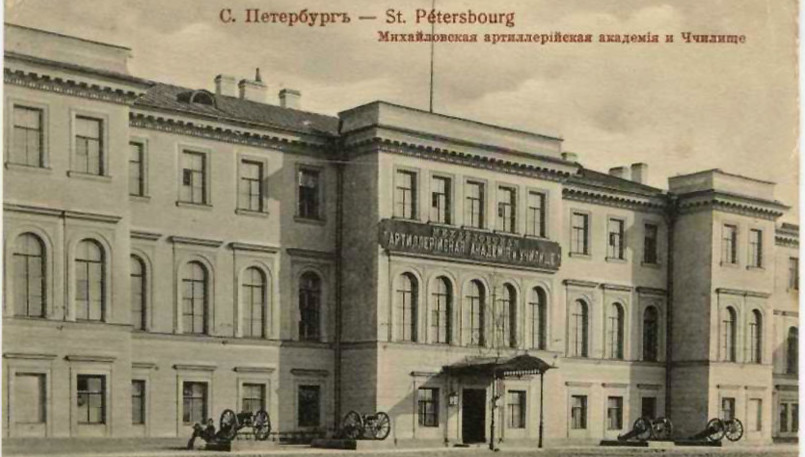The Vyborg side of St. Petersburg is located on the right bank of the city’s main river, the Neva. It got its name from the road that has long gone from here to the Vyborg fortress, set up by the Swedes on Volovy Ostrov in one of the bays of the Baltic Sea. It was here that one of the famous squares of St. Petersburg arose - Lenin Square.
Many years ago...
The first buildings appeared in the area of the current Lenin Square in St. Petersburg in the first quarter of the XVIII century under Peter I. Then on the Wolf Field, which is the name of the territory, Bocharnaya Sloboda was located - a settlement of workers who made barrels for various products. In addition, cattle grazed here, and later a local landfill was formed.
Nearby, according to the Petrovsky decree, the Land and Marine hospitals were opened. On the territory of the Wolf Field there were a military camp, artillery departments and a training ground. And a little deeper - the Sugar Plant earned. The history of these places is preserved in St. Petersburg place names in St. Petersburg near Lenin Square - Bocharnaya Street, Hospital Street, Sakharny Lane.
The emergence of the ensemble of the square
Stone houses Wolf field began to be built up only in the XIX century. However, one of the first brick structures appeared here on Arsenalnaya Embankment in the second half of the 19th century, not far from the current Lenin Square in St. Petersburg. We are talking about the Old Arsenal, which moved to the right bank of the Neva from the place near the Liteiny Bridge on the left bank, from where the Foundry Cannon Yard operated earlier.

One of the most famous buildings of the XIX century. on the territory near the station was considered the building of the former Mikhailovsky Artillery Academy. Now there is the Military Artillery Academy. And from the north, in the last third of the century, Finland Station was closed. Around very quickly the lands became habitable. Numerous tenement houses were built here, shops and shops were opened. This area was considered a working outskirts. And further he justified this name: around the present Lenin Square in St. Petersburg, large enterprises gradually began to appear around it, associated with mechanical engineering and metallurgy.
Square ensemble development
In 1907, a large house was built to the right of the Finland Station building for station employees and their families. It was erected in the then fashionable Art Nouveau style by S. Kupinsky. A mosaic placed on a stone facade in the 1960s. and performed by V.A. Anopova, glorified man's exploration of the Cosmos.
By 1927, on the banks of the Neva River in the area of the square near the Finland Station, a stone fence, sheds and rails of a freight station were still preserved. To form the ensemble of the new square, which was now called Lenin's name, these archaisms were dismantled and the freight station was moved to another place. A number of deciduous trees and flowers were planted along the Academy building, separating it from the main square. It was called the Lenin Alley.
Symmetrically the Academy on the left side of the square erected the building of the Department Store, which after the Great Patriotic War housed the Leningrad Concert Hall (now Finland) and the House of Soviets of the Kalininsky District of St. Petersburg, which Lenin Square belonged to at that time. Now his Administration is located there. And by 1960, the old station building was replaced by a modern one. The last chord was the construction of the main descent to the Neva opposite the Finland Station - in the 1970s.
At the end of the 20th century, piles of construction rubbish could be seen on the square for a long time. The entire area was a continuous construction site.
Historical dominants
To these we can rightfully include the building of the Finland Station and the monument to V.I. Lenin. They are connected, first of all, with the revolutionary unrest of the beginning of the 20th century. It was here, at the Finland Station, that on April 3, 1917, the leader of the proletariat arrived from exile.
Here, in the square, he climbed onto an armored car and delivered one of his most famous speeches. It was at this moment that V.I. Lenin was captured in the monument to V.A. Schuko, installed in the center of the square.